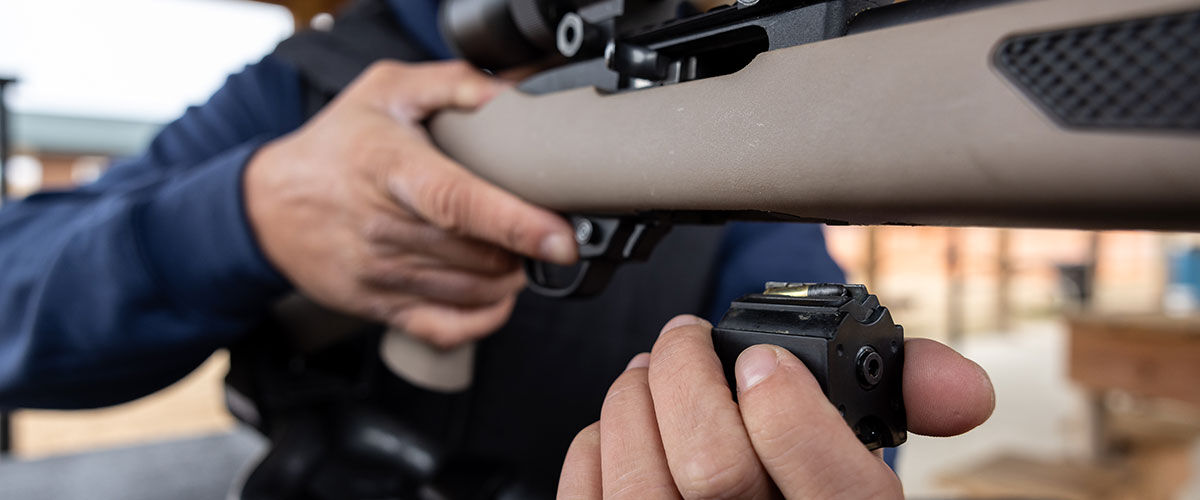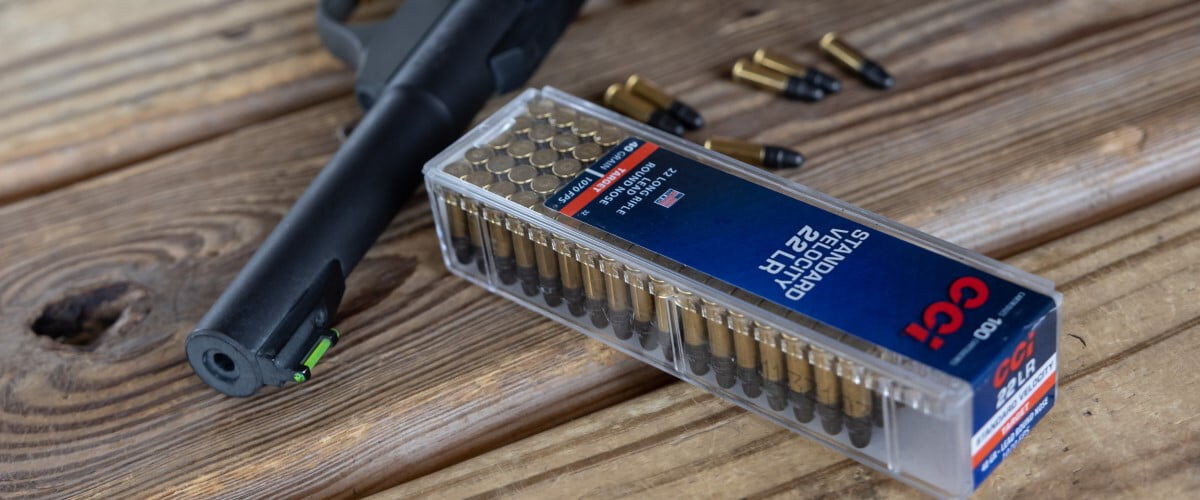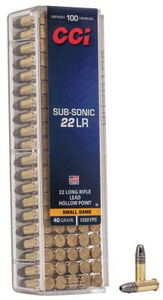
We live in a fast-paced world, but too much speed can sometimes be a detriment—especially if you’re shooting rimfire cartridges at relatively long distances. Subsonic ammo is the best choice for these situations, and CCI offers some of the top options..
Just ask Todd Jarrett, CCI ambassador and rimfire shooting expert. When competing in action-shooting matches or simply shooting at long-range targets, he prefers subsonic ammo over supersonic. The reason is simple: accuracy.
“When you’re looking for premier accuracy essentially out to 250 to 300 yards, you will get better consistency out of a subsonic round,” says Jarrett, who has won several world Steel Challenge aggregate championships and estimates he’s shot about a million .22 rounds during his lifetime. “I prefer a subsonic round out to those distances because the bullet is more stable at that point with a rimfire cartridge.”
Best Subsonic Ammo
For competitions, Jarrett goes with Green Tag 22 LR ammo, which has a muzzle velocity of about 1,070 to 1,080 fps.
“You’re under that subsonic level right out of the barrel,” he says. “If I’m shooting 100 to 150 yards away, it gives me superior accuracy out of my 10/22s.”
But Green Tag is just the beginning. CCI Subsonic, Standard Velocity, Quiet-22, Clean-22 Subsonic are all great options as well.
The Reasons
The science behind subsonic ammo’s accuracy gets a bit more complicated. Supersonic rounds leave the muzzle traveling faster than the speed of sound (about 1,128 fps at 68 degrees at sea level). But during their flight, they begin to slow and at some point reach transonic velocity, which is the speed at which the bullet transitions from supersonic to subsonic. And during that transition, weird stuff happens to the projectile.

“The bullet actually starts to wobble, and as it wobbles, it never picks back up its turning radius until it goes back subsonic, and then it goes back in a straight direction,” Jarrett says. “The biggest problem you have is when you go supersonic for distance is when the bullet is in its transonic mode, it does not have the proper accuracy. Transonic is not a place you want to be for accuracy.”
That’s why Jarrett avoids the transonic dilemma during competitions and goes with subsonic rounds, with which he expects to shoot 11/4-inch groups at 100 yards and 3-inch groups at 200
“We try to avoid whenever possible that transonic mode, where that projectile loses its ability to fly correctly,” he says. “That’s where the subsonic round inherently can be extremely accurate to that point. In a competition round in the action shooting community, rarely do we get 150 yards away, and that’s where the subsonic rounds come into play.”
Subsonic loads also provide two other benefits: Less recoil and better feedback from hits on steel targets.
That’s not to say supersonic rounds don’t their place in various shooting disciplines. For example, Jarrett recommends high-velocity rimfire rounds for small-game hunting or when using .22-caliber pistols for self-defense. When it comes to accuracy for high-profile competitions, however, he goes with a slower-is-better philosophy. And with multiple national and world titles to his credit, it’s easy to see why.
Sub-Sonic HP
Clocking in at sub-sonic velocities, this load creates less noise, yet its bullet expands reliably for quick kills on a variety of small game.
Buy Now